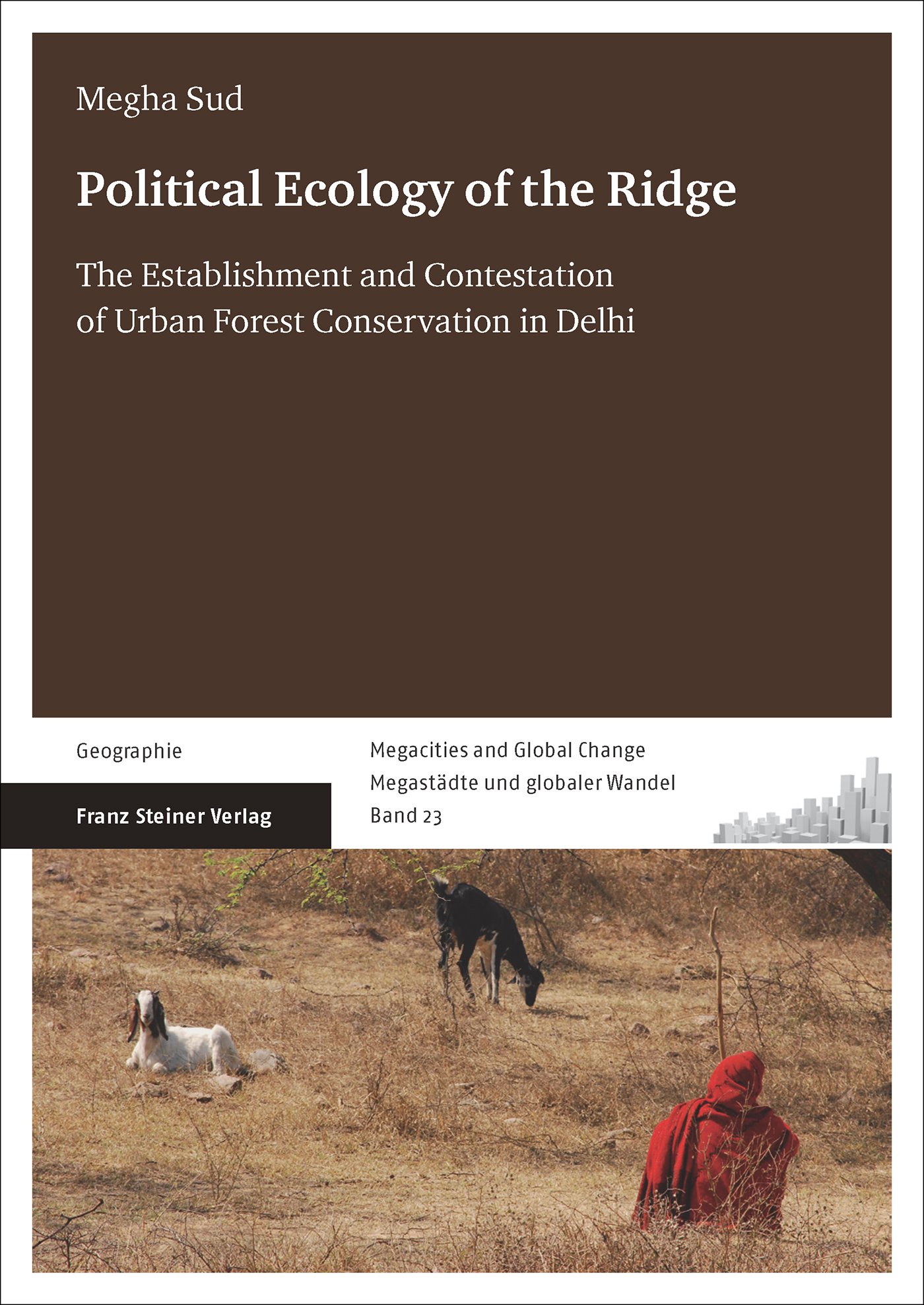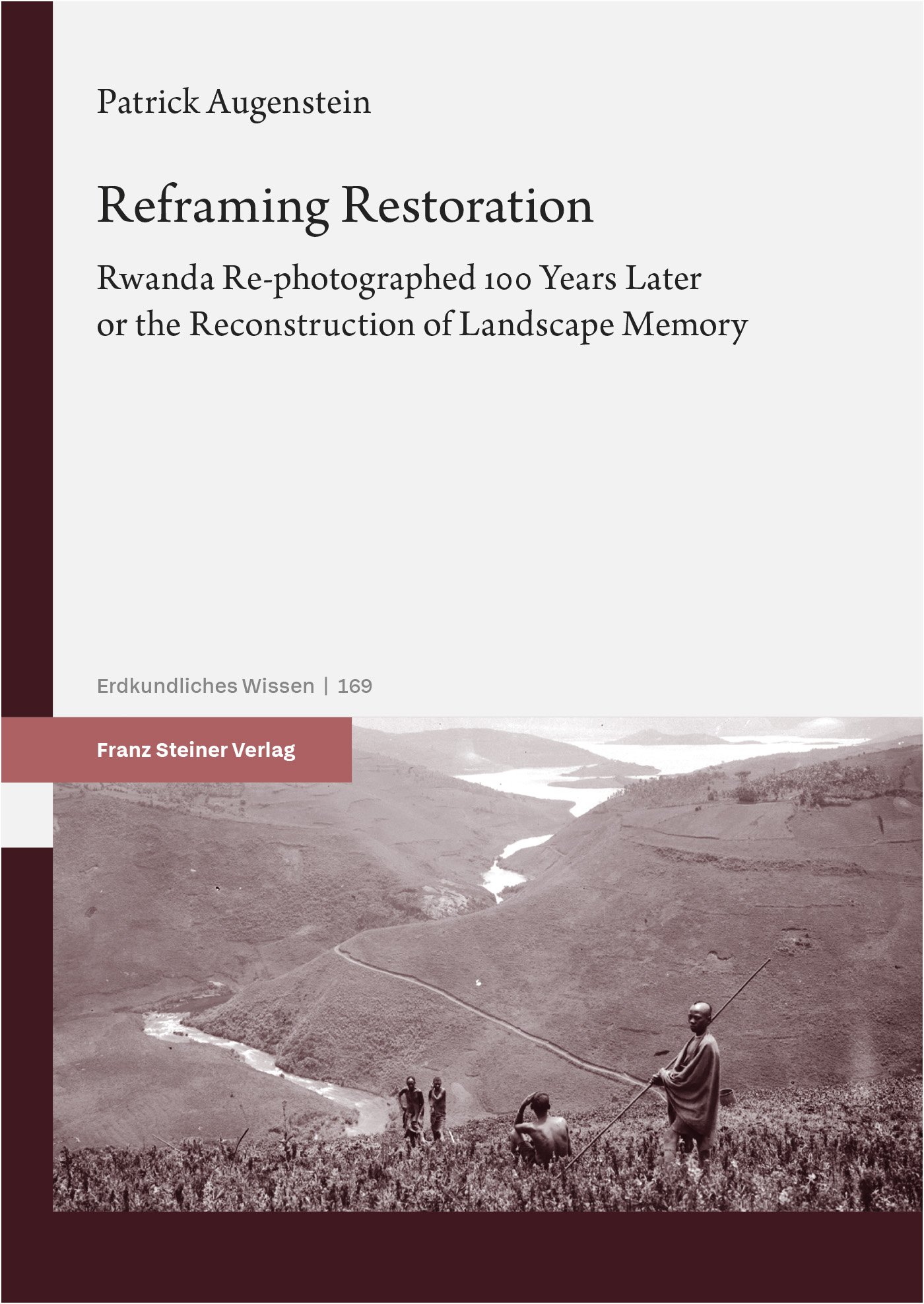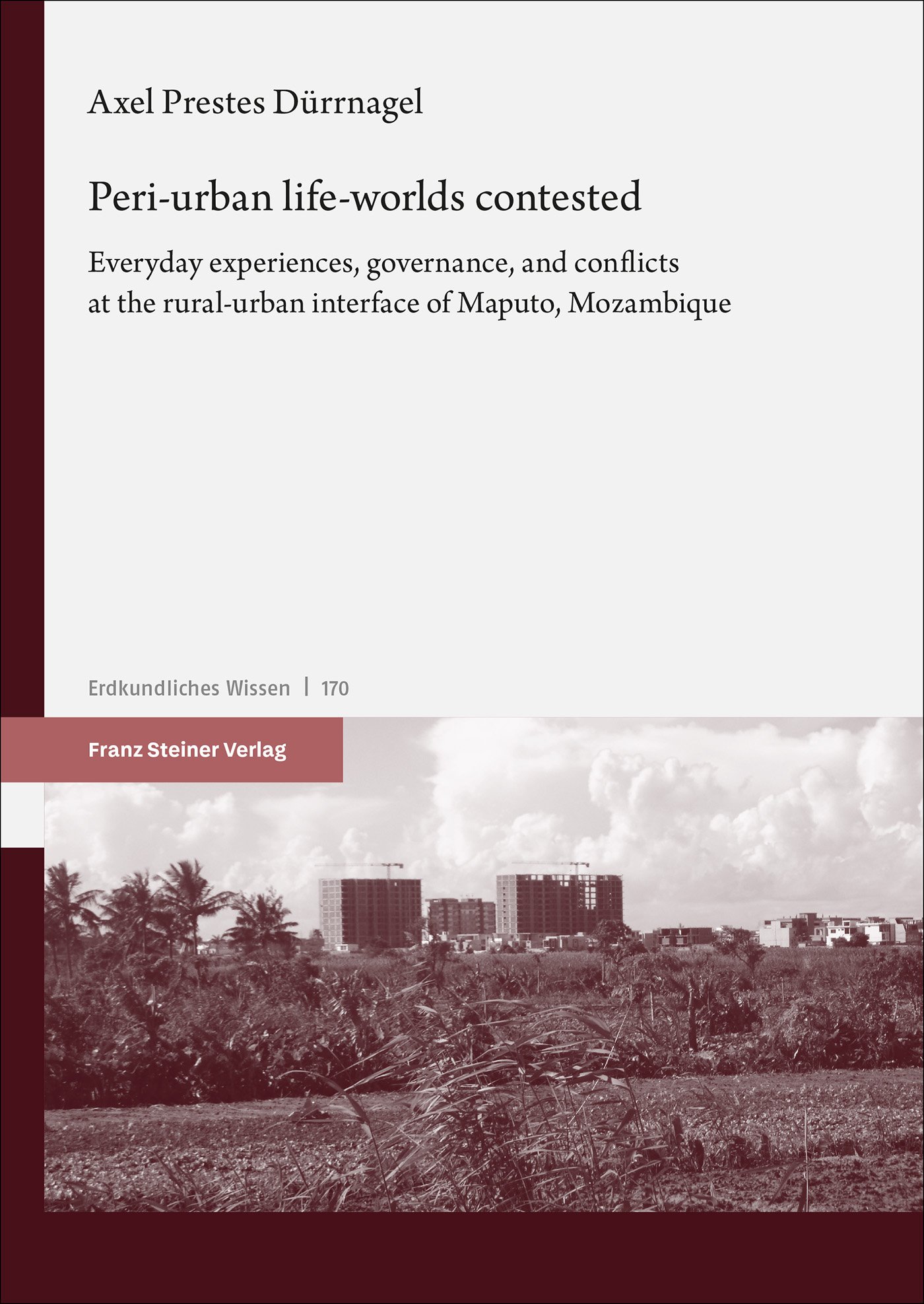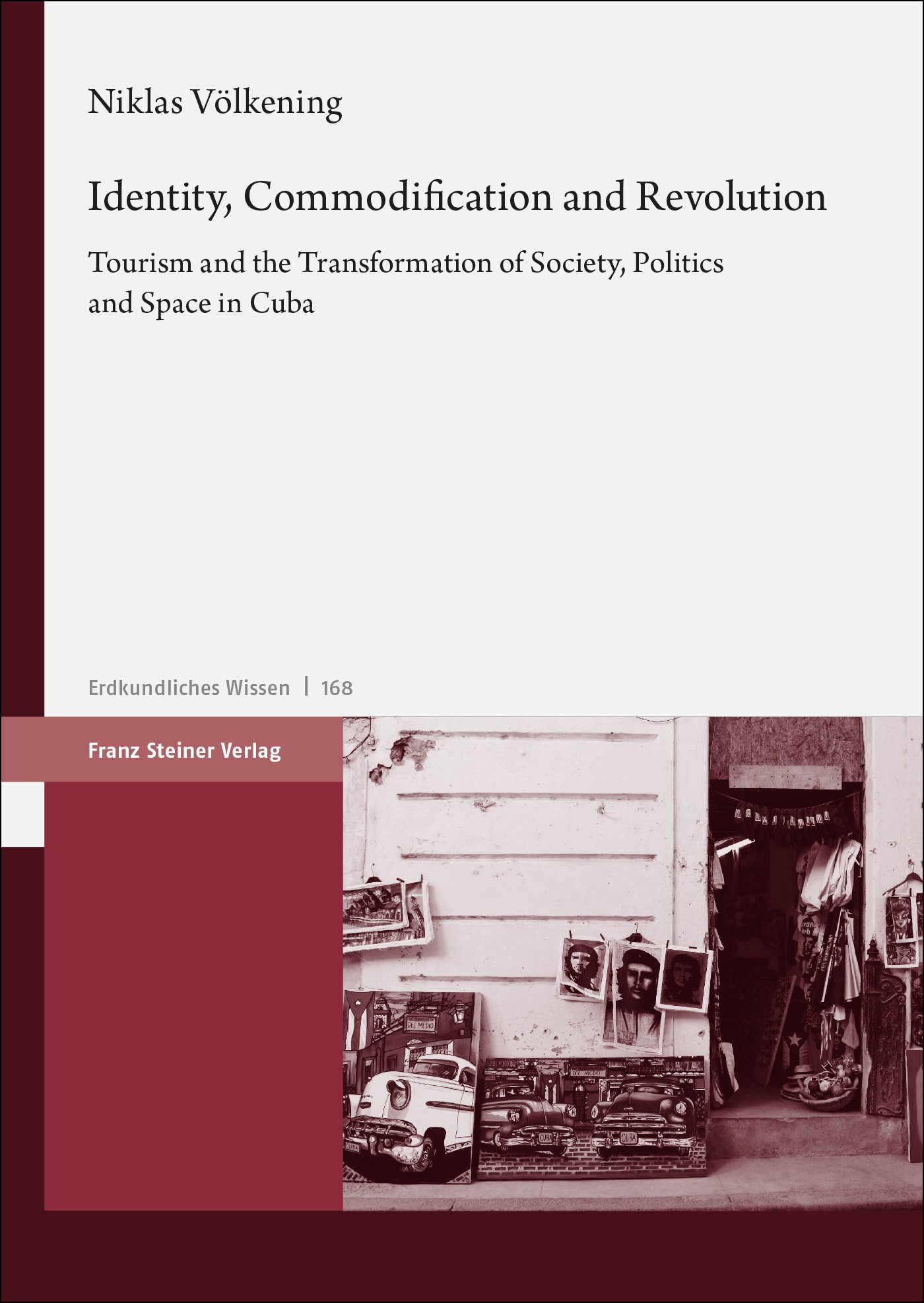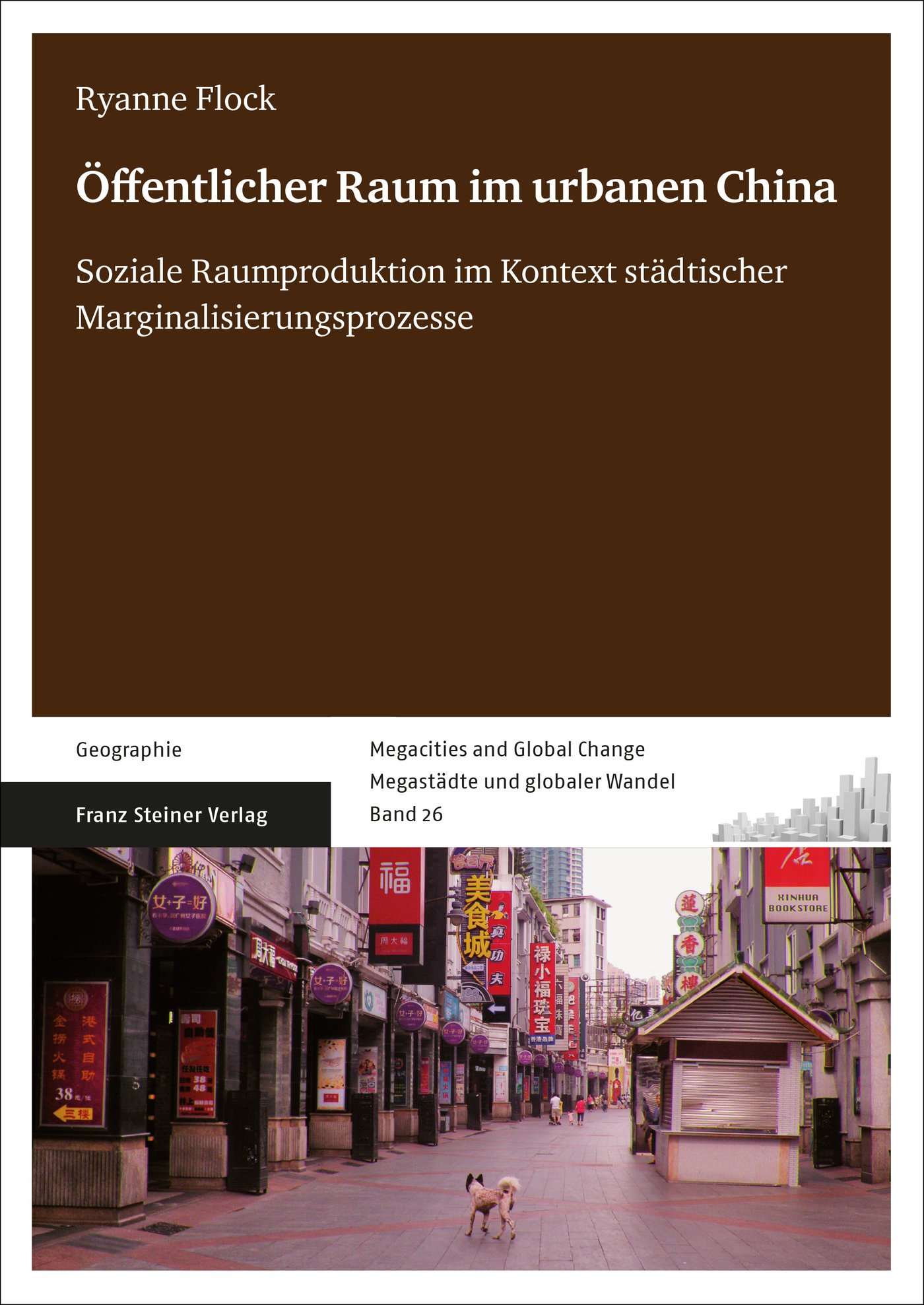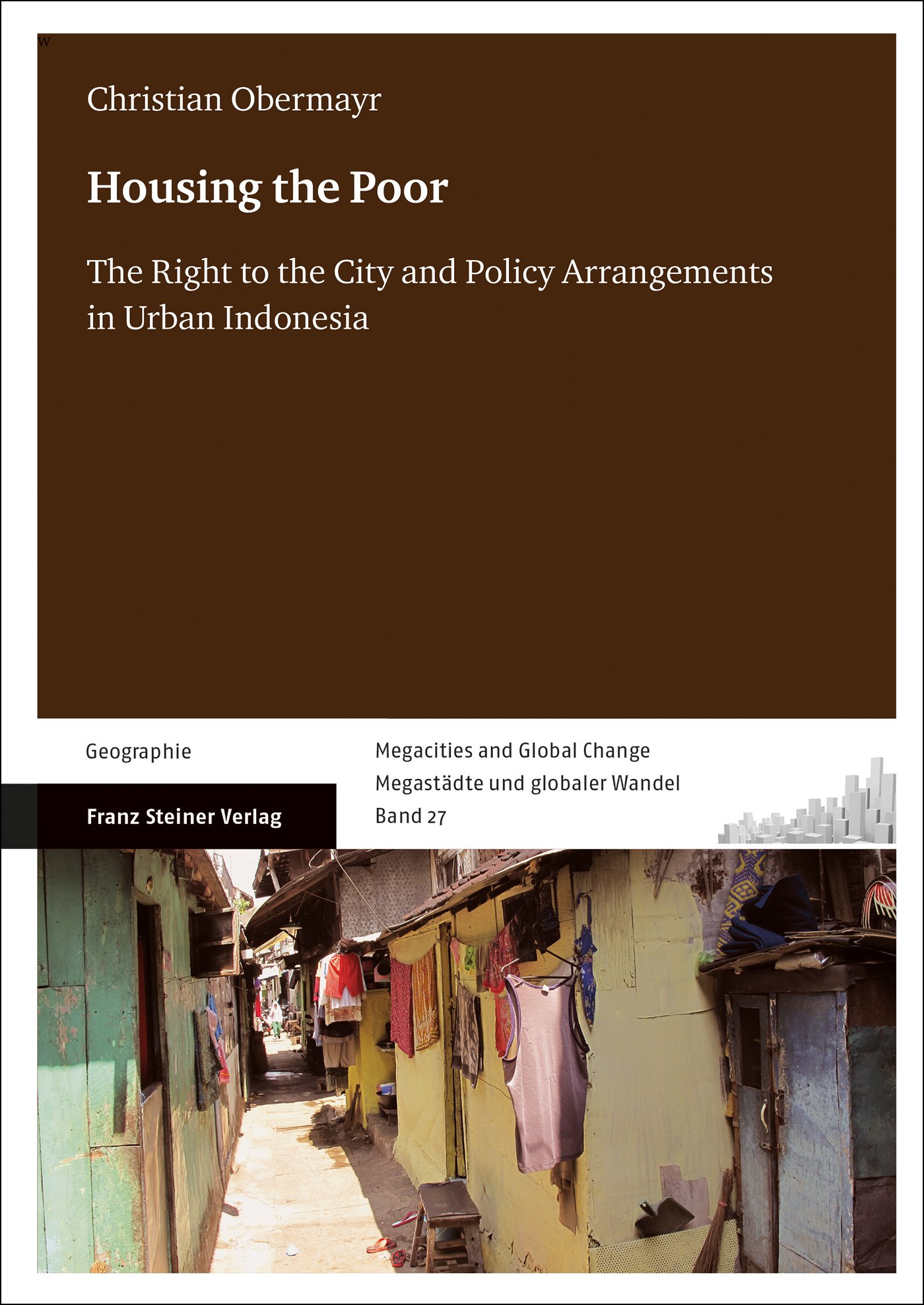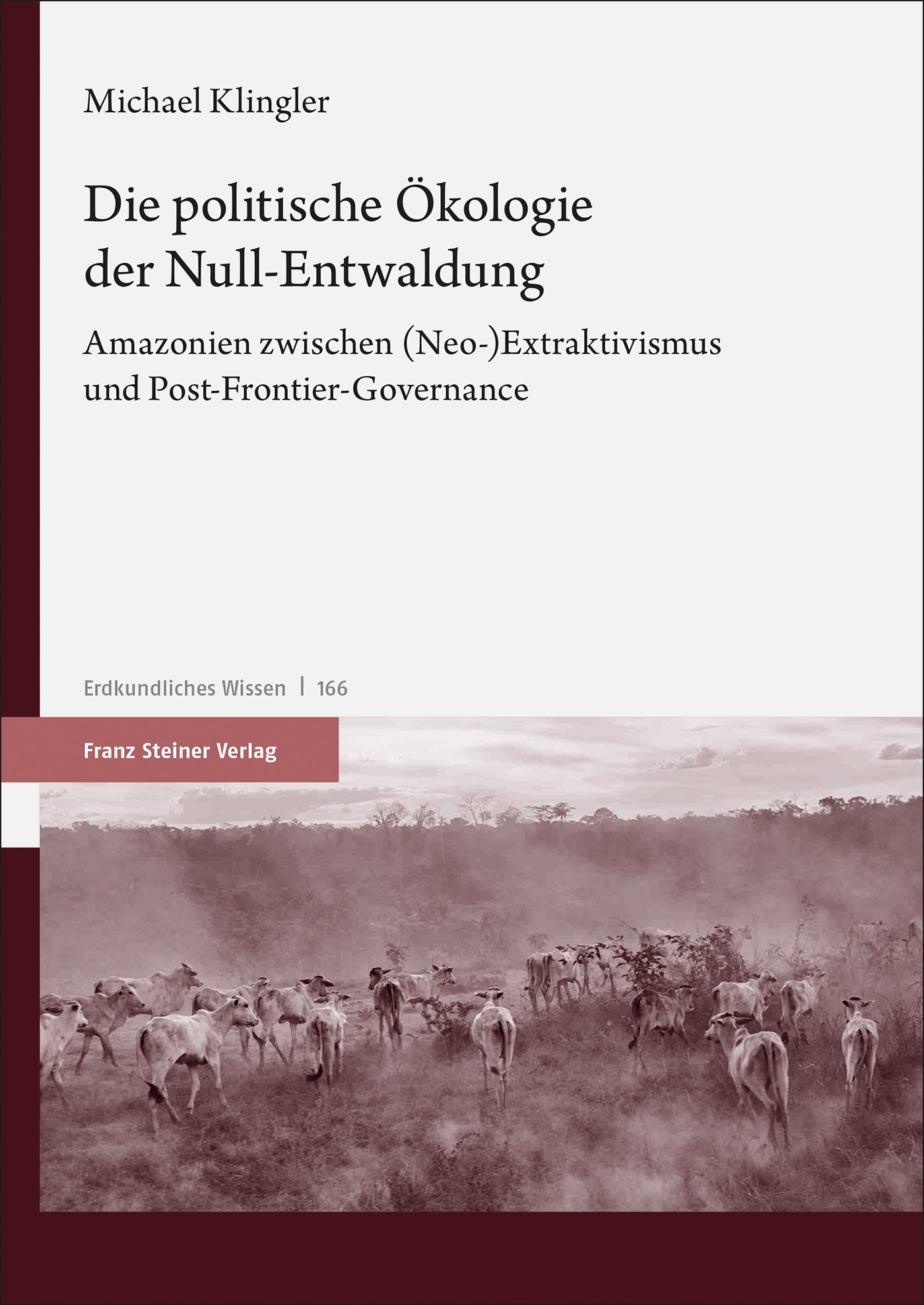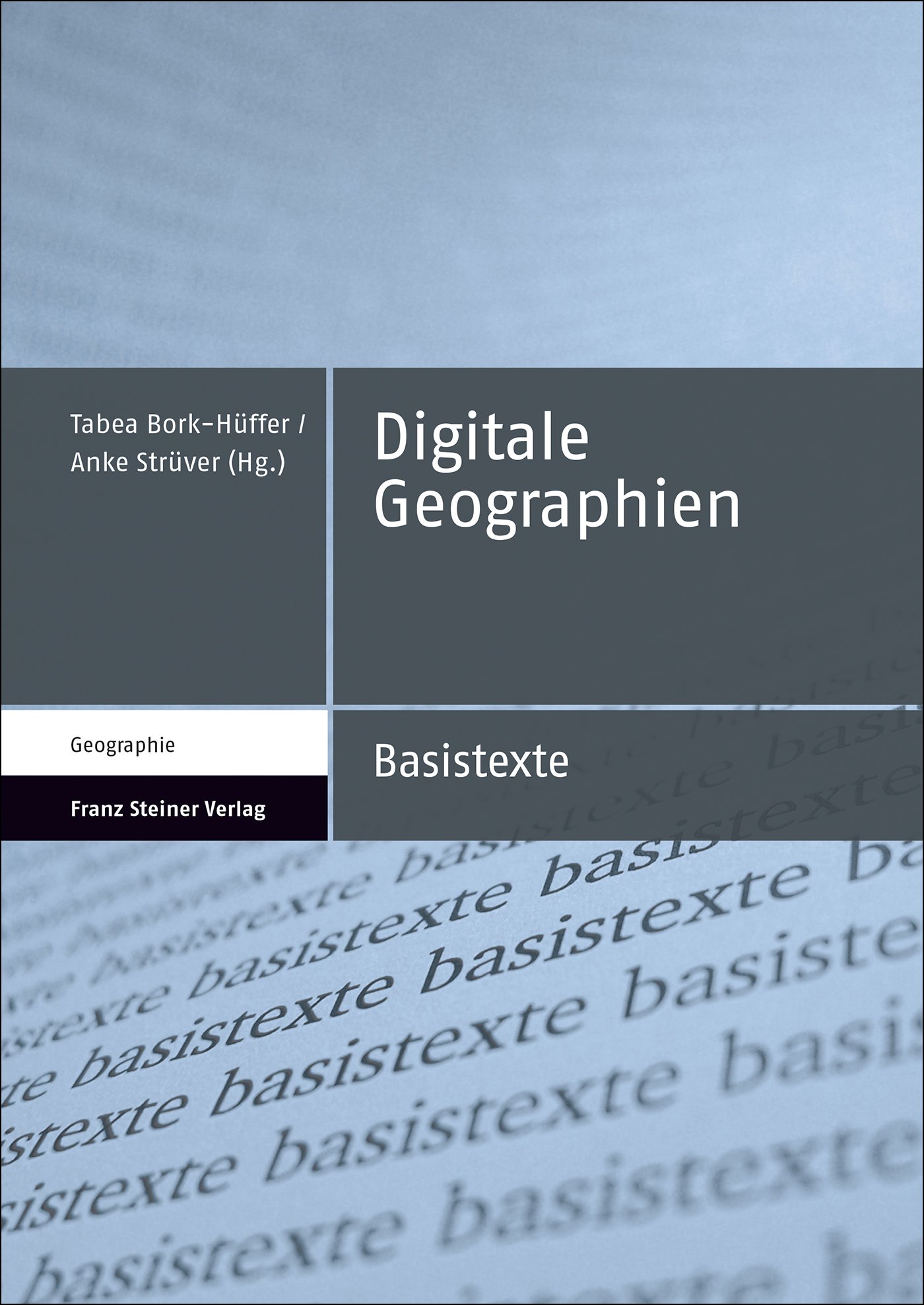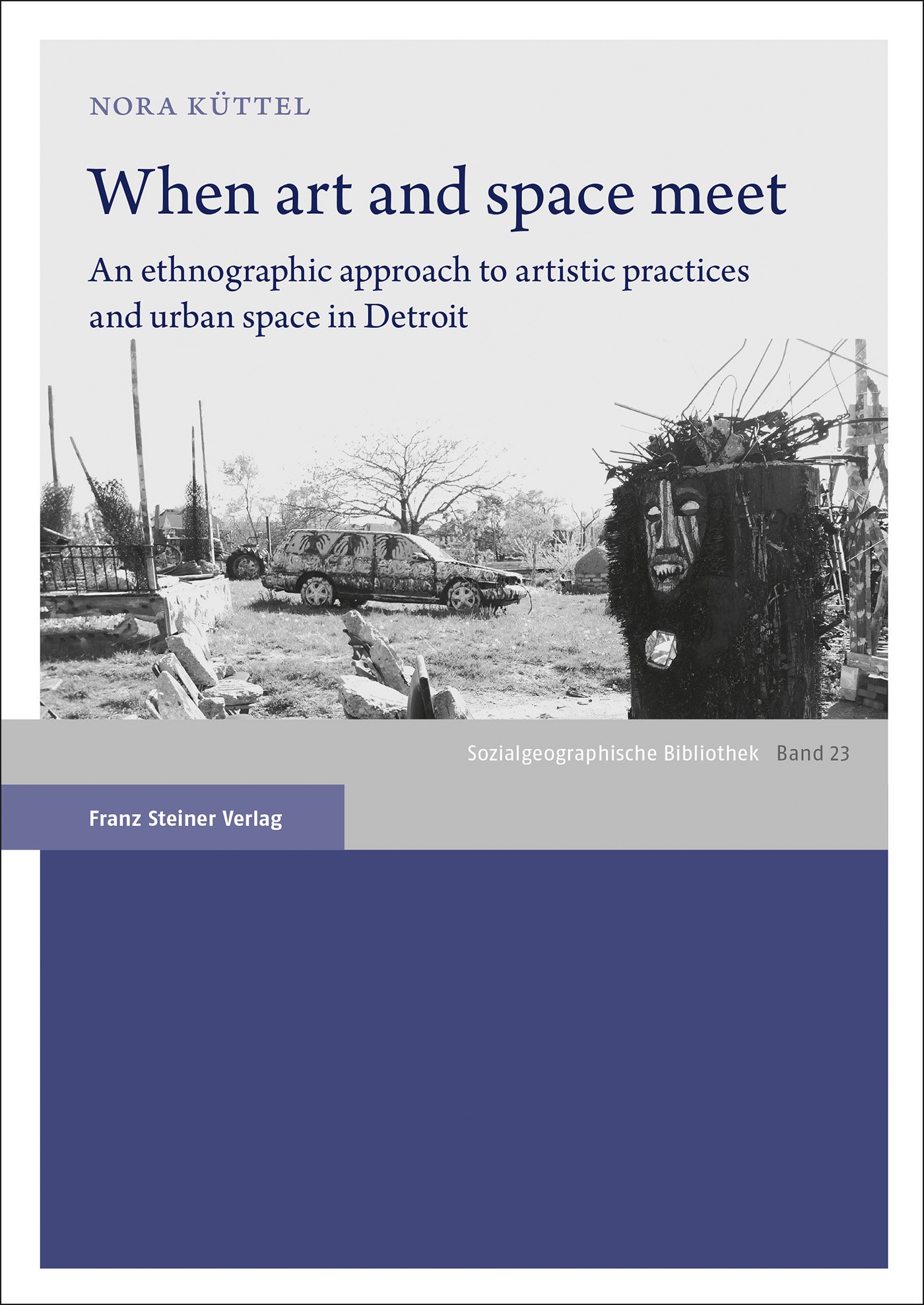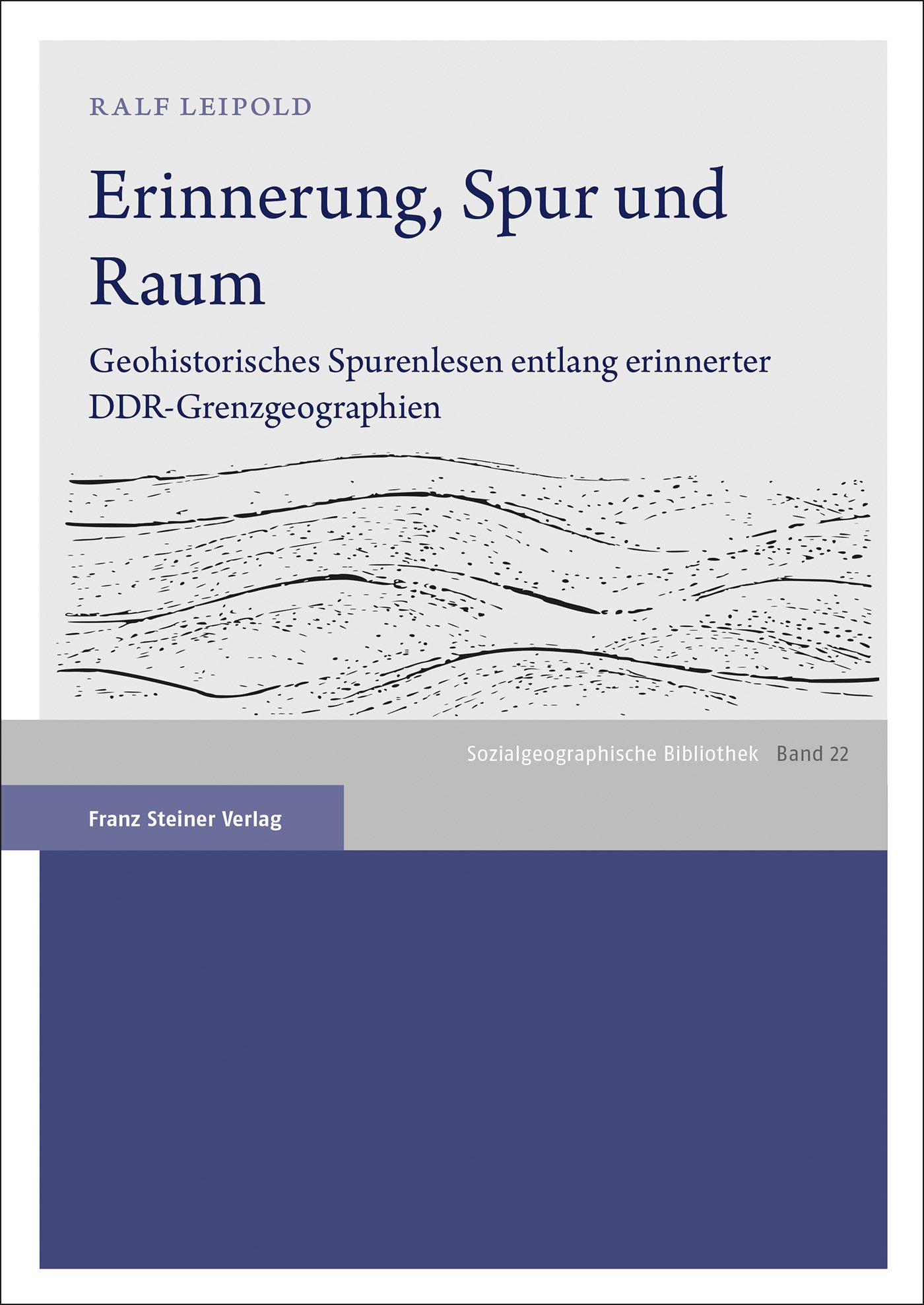Political Ecology of the Ridge
Political Ecology of the Ridge
The remains of the time-worn Aravalli Mountains that extend through Delhi are known as the Ridge. The range is also the site of Delhi’s once continuous but now scattered forests, four segments of which are legally protected as wildlife conservation areas today. How did a biodiversity park and a wildlife sanctuary come to be established in a large and rapidly growing megacity with severe competition for land resources? What does this mean for various citizens who use the forests for different purposes?
Megha Sud provides an insight into the answers to these questions by examining the negotiations that led to the establishment of conservation as the dominant discourse in the Ridge, highlighting the role of various actors and the unequal power relations embedded in these deliberations and their outcomes. In this study she brings together concepts from political ecology and urban political ecology, using literature on local politics and development to ground the argument in the context. She argues that the forested spaces of Delhi must be understood as implicated in the socio-political structures of the city if urban conservation policies are to be sustainable both socially and environmentally.
| Reihe | Megacities and Global Change / Megastädte und globaler Wandel |
|---|---|
| Band | 23 |
| ISBN | 978-3-515-11714-2 |
| Medientyp | Buch - Kartoniert |
| Auflage | 1. |
| Copyrightjahr | 2017 |
| Verlag | Franz Steiner Verlag |
| Umfang | 267 Seiten |
| Abbildungen | 3 s/w Abb., 3 s/w Tab., 6 s/w Karten |
| Format | 17,0 x 24,0 cm |
| Sprache | Englisch |
